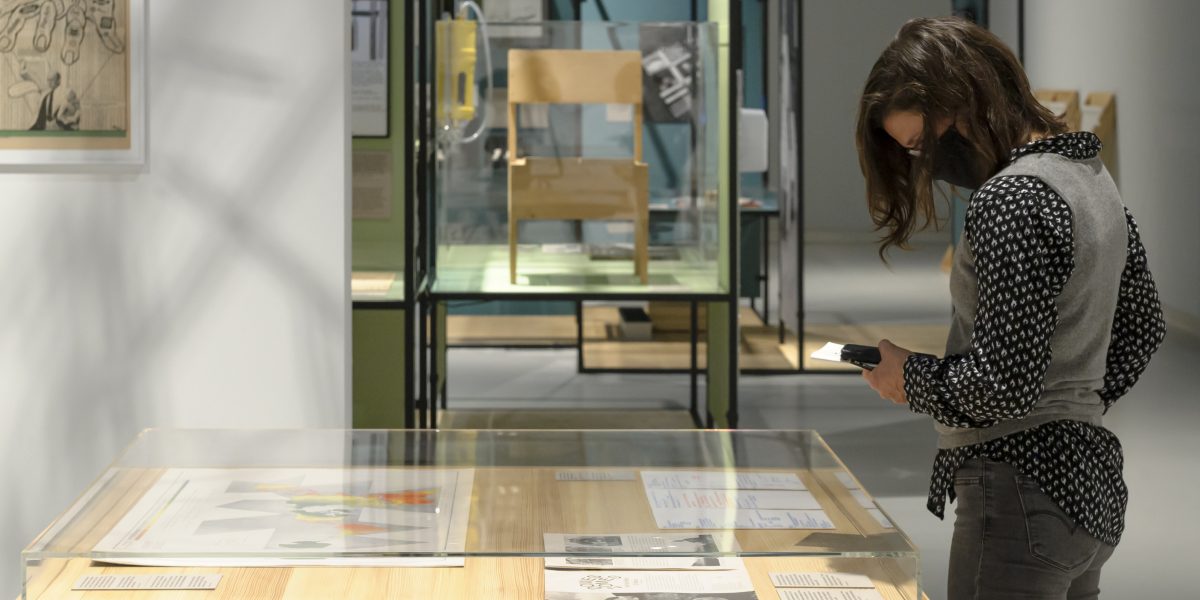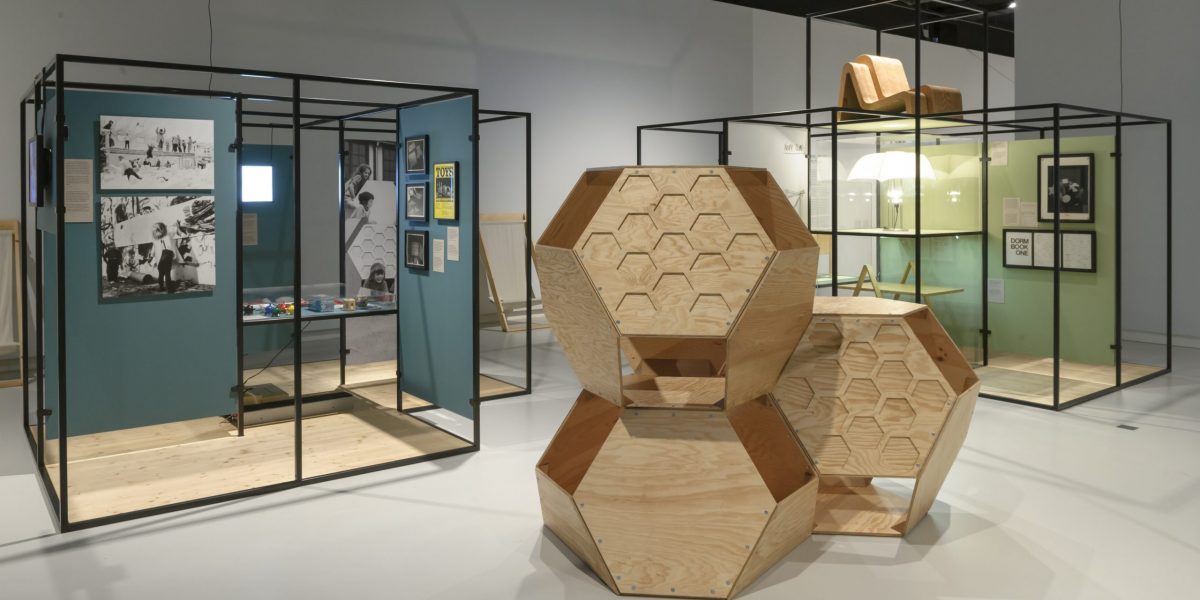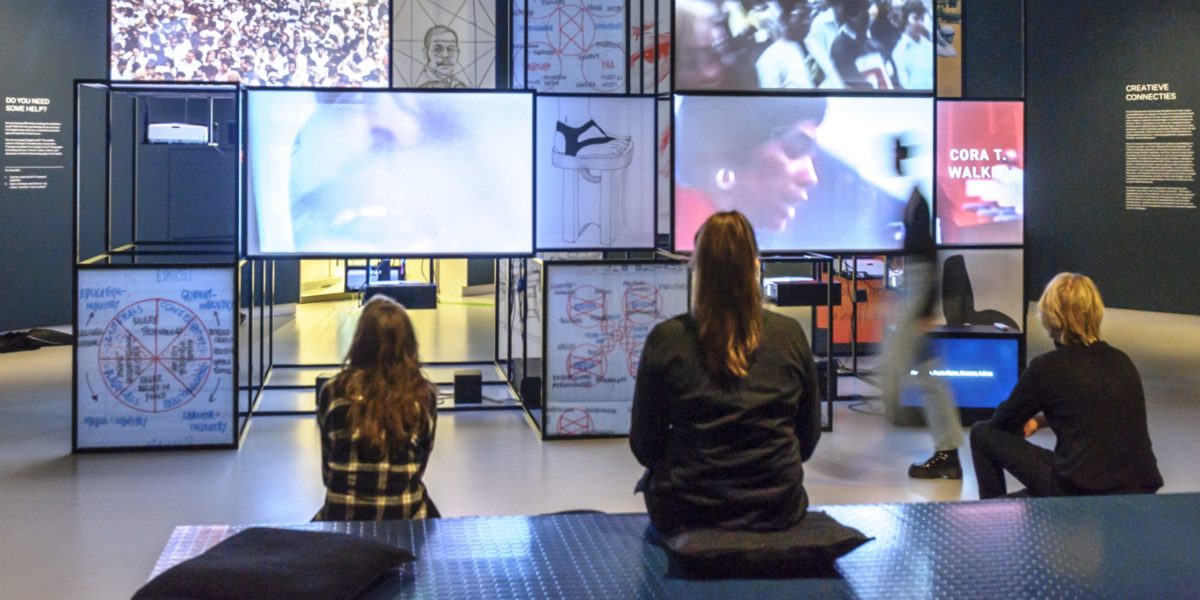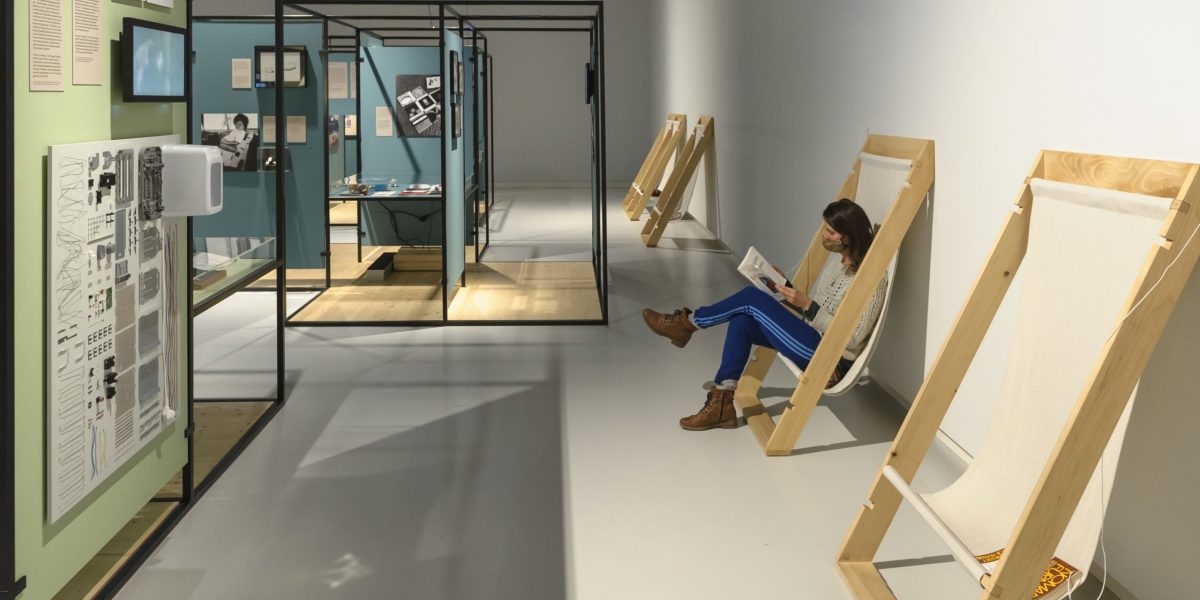The last part of the exhibition “Victor Papanek: The Politics of Design” shows how contemporary designers relate to the themes of Papanek. Here you will find the exhibition text.
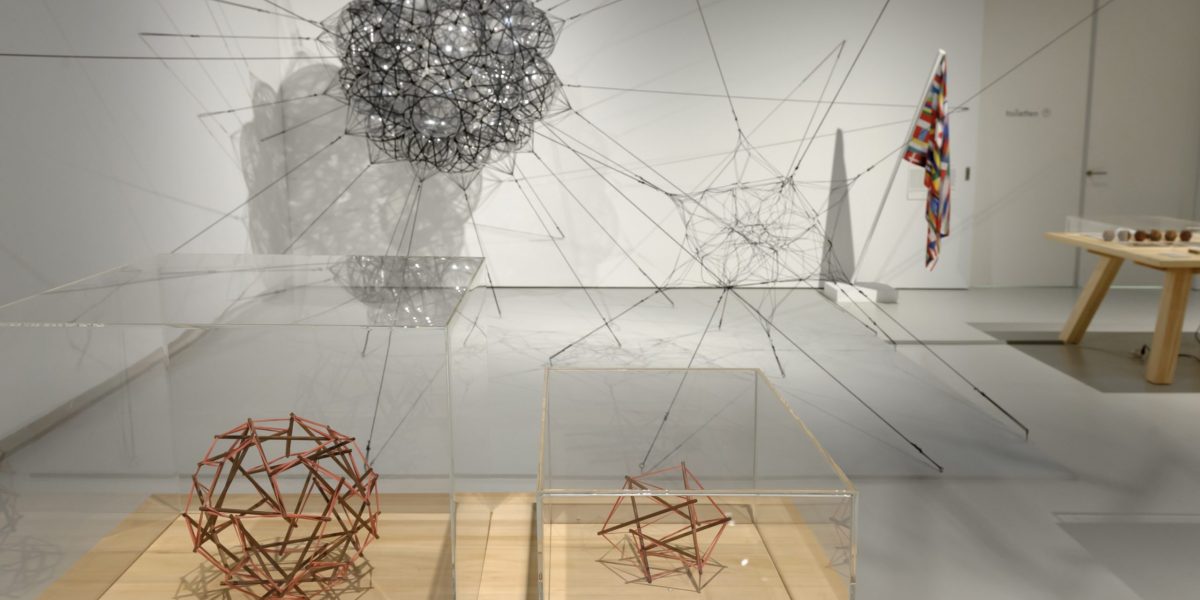
Design, as far as Victor J. Papanek was concerned, went far beyond the single object. On the contrary, he understood design as a system and a process, as a transdisciplinary, integral act that is reflected in everything that surrounds us. Everything is connected—excessive consumption, environmental pollution, and social injustice. This view of the world, which in its complexity is more urgent today than ever, illustrates the profound influence Papanek’s most significant mentor, Richard Buckminster Fuller, had on him. Like Fuller, Papanek believed in the functionality of the intelligent principles of construction found in nature. He studied these meticulously with his students. This fascination with natural processes is experiencing a renaissance today in bio-design, where design merges with synthetic biology.
Unlike Fuller, however, Papanek did not believe that technology was the solution to the world’s problems. How Things Don’t Work is the title of a book he published with James Hennessey in 1974.
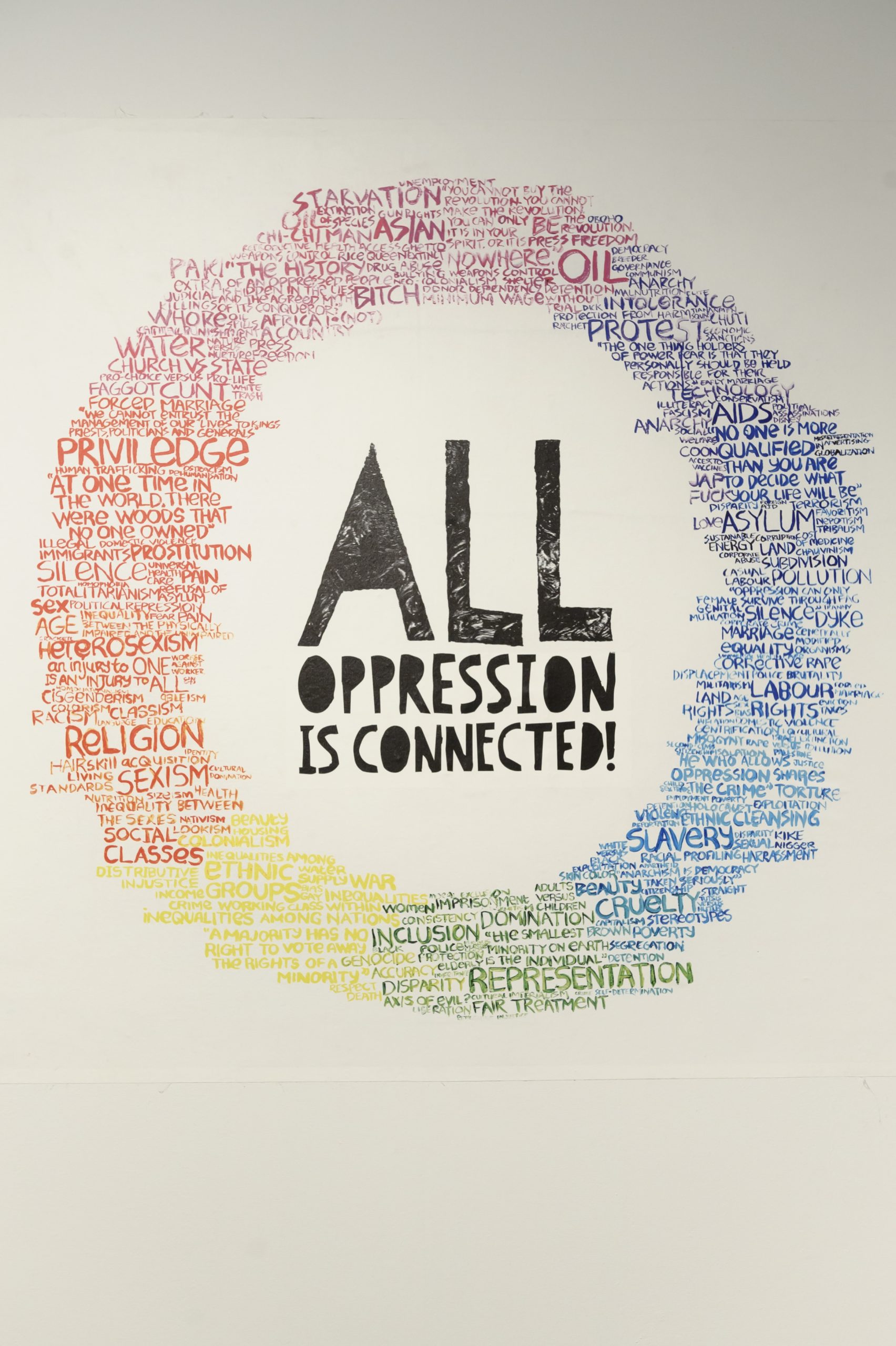
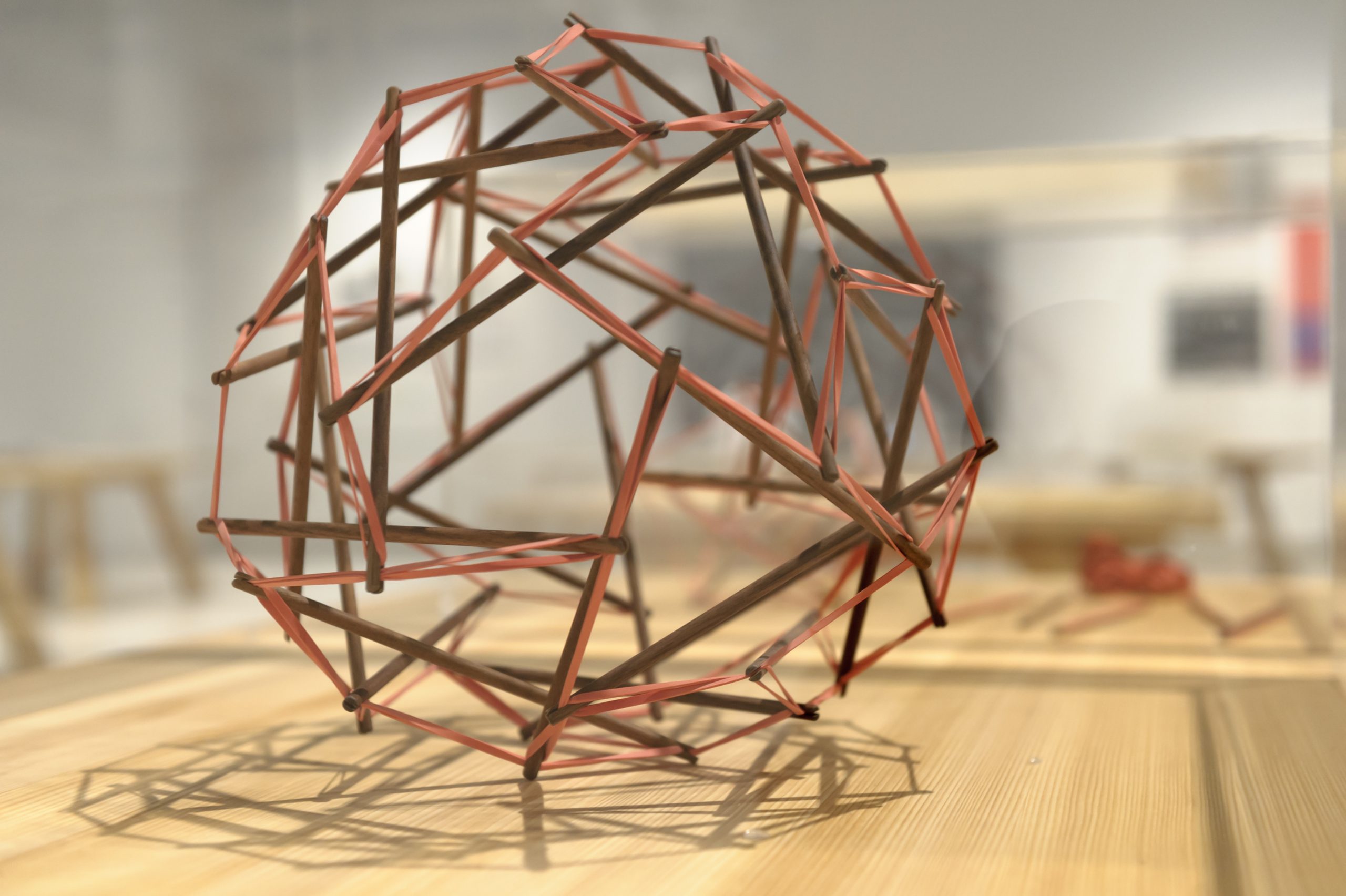
Even today, we still see two attitudes: while techno-euphoria still prevails in Silicon Valley, critical designers and artists such as Forensic Architecture, Julian Oliver, and the women’s collaborative Hyphen-Labs use technology itself to counteract its negative effects on society.
Victor Papanek believed in the power of collaboration and held that we have a mutual responsibility for each other as human beings. “I don’t design alone. Almost never”, as he stated in a lecture of 1971: “In most cases, I think design is much too difficult to be done by one person. It has to be done by a team”. This attitude could not be more contemporary. If we want to save the world, then at least we should do so together.
